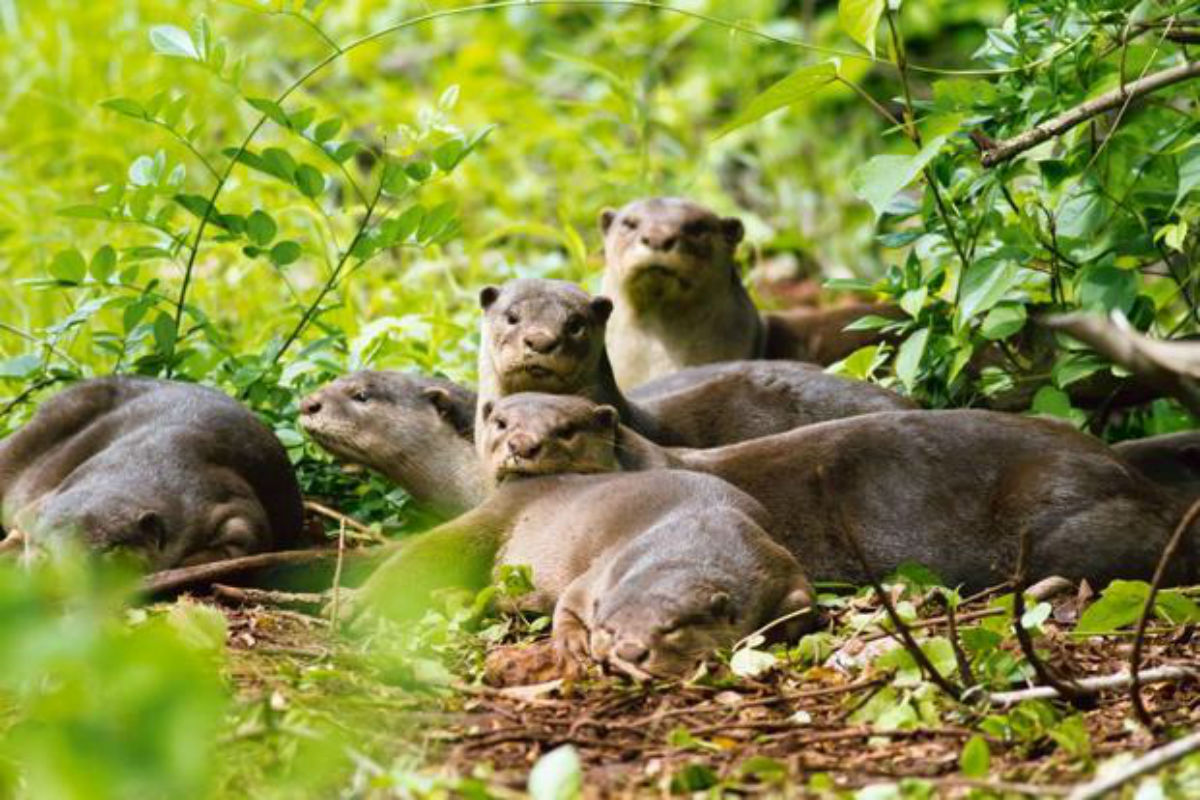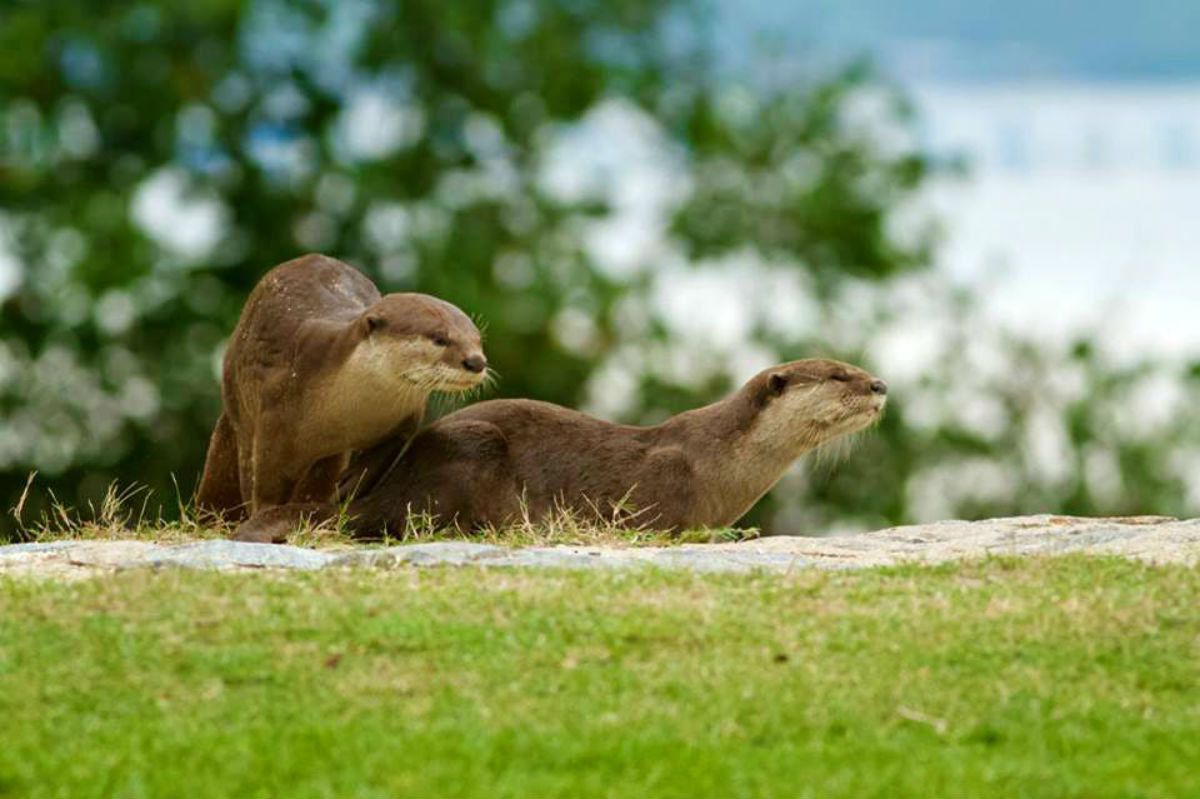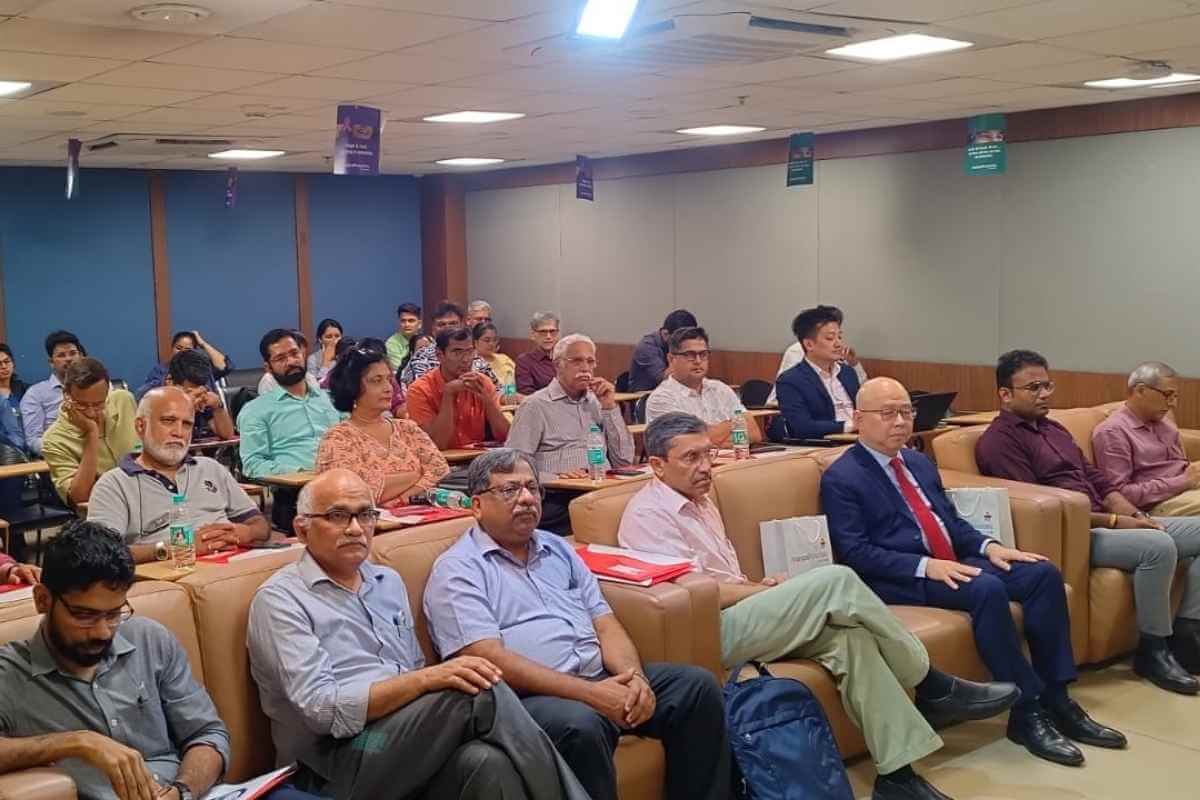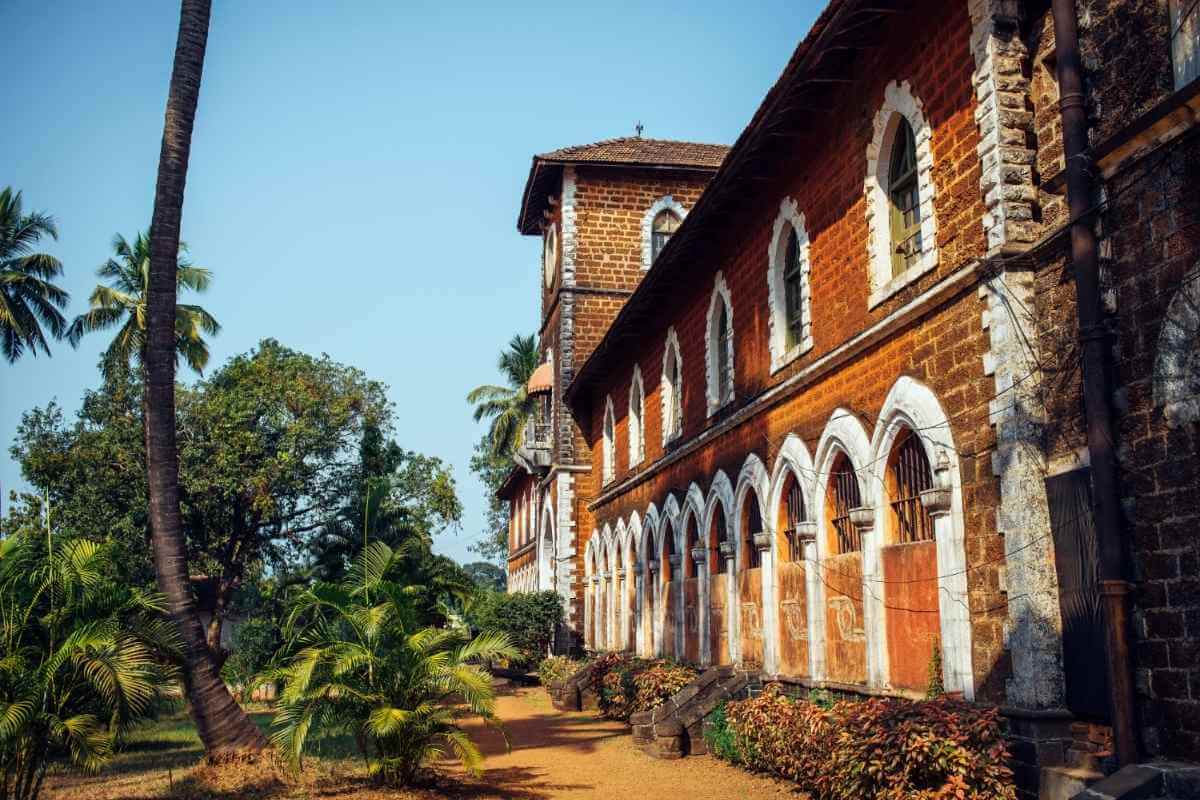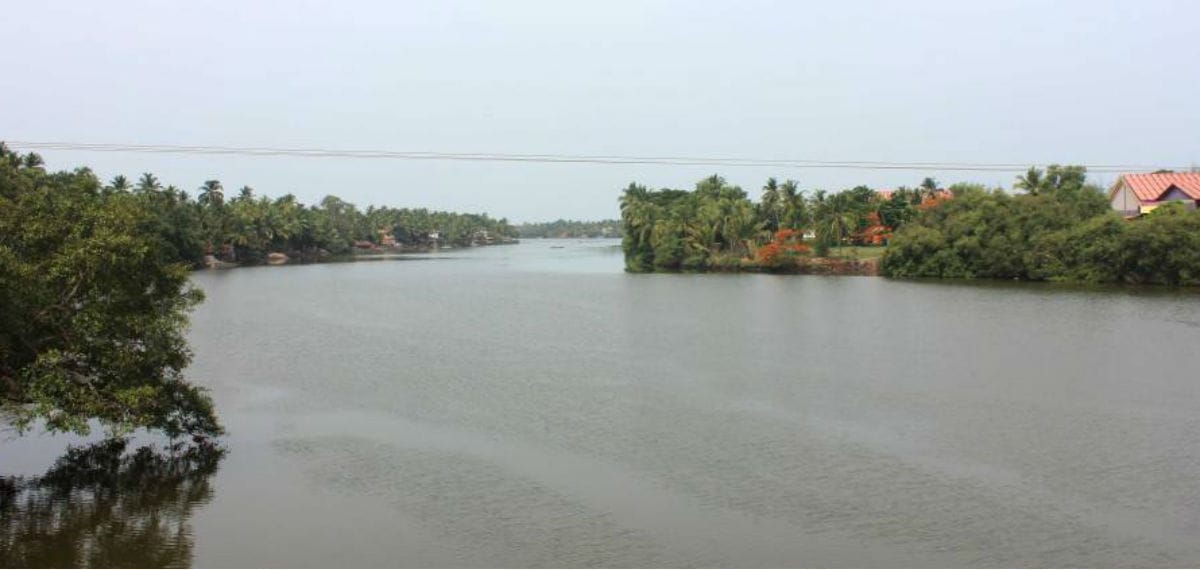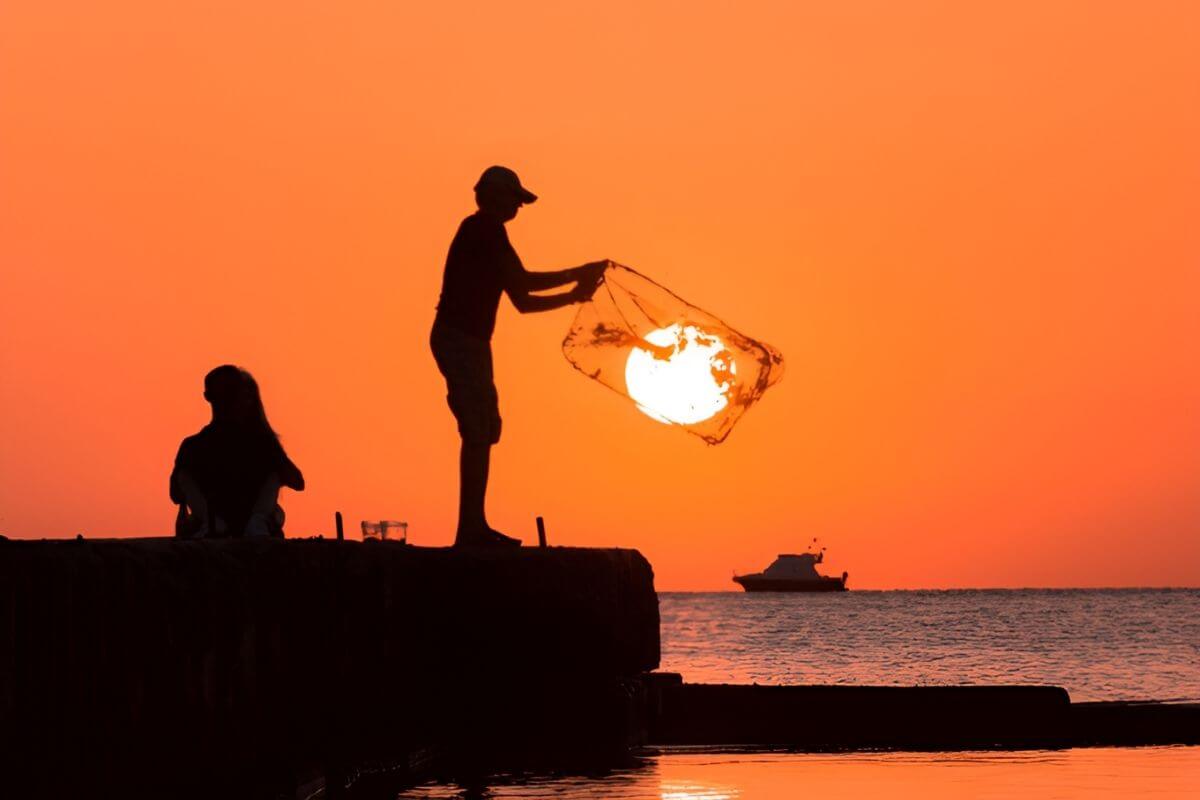Goa has a significant otter population in Chorao Island. An otter research center, the first of its kind in Asia is being set up on the island. Goa’s smooth-coated otters with webbed feet are among the 13 different species found in the world and have adapted well to the mangroves of the island.
Even as the endangered Olive Ridley turtles have garnered tremendous support both locally and from the State government, now Otters are getting their due attention.
According to the Times of India, a dedicated center for research on otters, the first of its kind in Asia, is set up on the island of Chorao in a reclaimed Indo-Portuguese house.
Six scientists, three of whom have already started work, have already started collecting data to learn more about Goa’s shy, elusive and smooth-coated otter.
The research center aptly named Wild Otters Research is hoping to help conservation efforts for the animal across the continent and perhaps even across the globe. Of the 13 species around the globe, three species are found in India. Of these, the Western Ghats resident small-clawed otter and the mangrove-loving smooth-coated otter are found in Goa.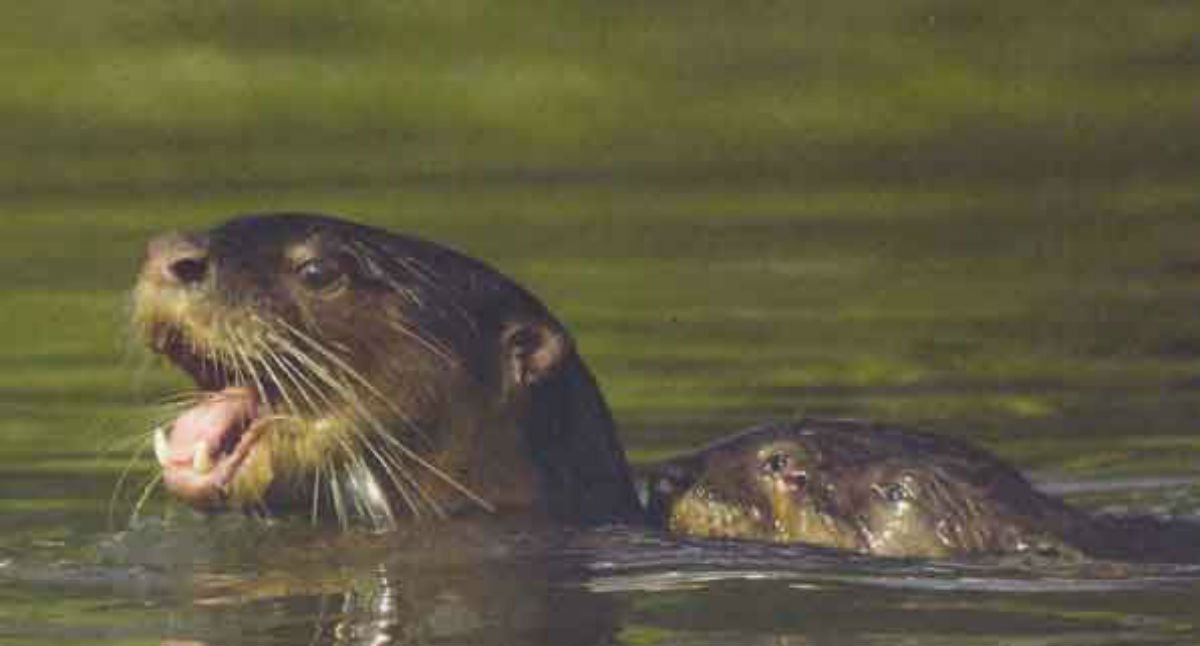
According to this source, a 2014 study indicated that Chorao had a significant population of otters. Director, Kshitij Garg has expressed hope that by the end of the year, they can hopefully have enough data that will help to give an insight as to how otters and humans coexist.
The otter, a predominantly freshwater species found in just a few spots around the world, has adapted to coastal and estuarine habitats and mangroves like that in Chorao island in Goa, as well as human-dominated semi-urban areas.
Garg explains that smooth-coated otters, like those found in Chorao, have webbed feet, making them expert swimmers. While they do spend considerable time in the water, they also spend time resting and denning on land. So far these otters in Chorao have adapted well to their modified surroundings, walking over man-made embankments.
“It needs to be seen how far they can continue to adapt and co-exist through the human modifications,” she says. Camera traps have indicated that there are around five family groups of the species living in Chorao. The families are made up of two to five individuals each. “Otters are really fast and elusive and sightings are few and far between, we spot them occasionally and that is always a prize,” says Garg.
However, the construction of large concrete retaining walls is restricting the otters. Data collected indicates that otters move away from such areas of new concrete structures. “Perhaps in the future, we can convince developers to leave a gap in the wall for otters to pass through, where their activity is greatest along these walls,” suggested director and ecologist at Wild Otters Research, Katrina Fernandez.
The team also conducts field service on a daily basis including signs of scat, paw prints and grooming areas. The scat analysis helps the team identify their diet and audio analysis to understand the vocalization of the species. The presence of another small mammal such as mongoose and porcupines in the habitat are also recorded to get an overall view of the area. The scientists are also using new species detection methods such as environmental DNA (eDNA) in their research.
Historical data has focused on the species in freshwater habitats and today the species is being extensively studied in coastal systems all over the world. “Perhaps the declining fish stocks and poor water quality in the freshwater eco-system has something to do with it which is why the species is doing better in mangroves, which are highly productive ecosystems,” explains Fernandez.
Source: TOI | Digital Ocean


